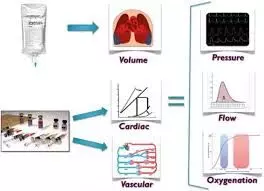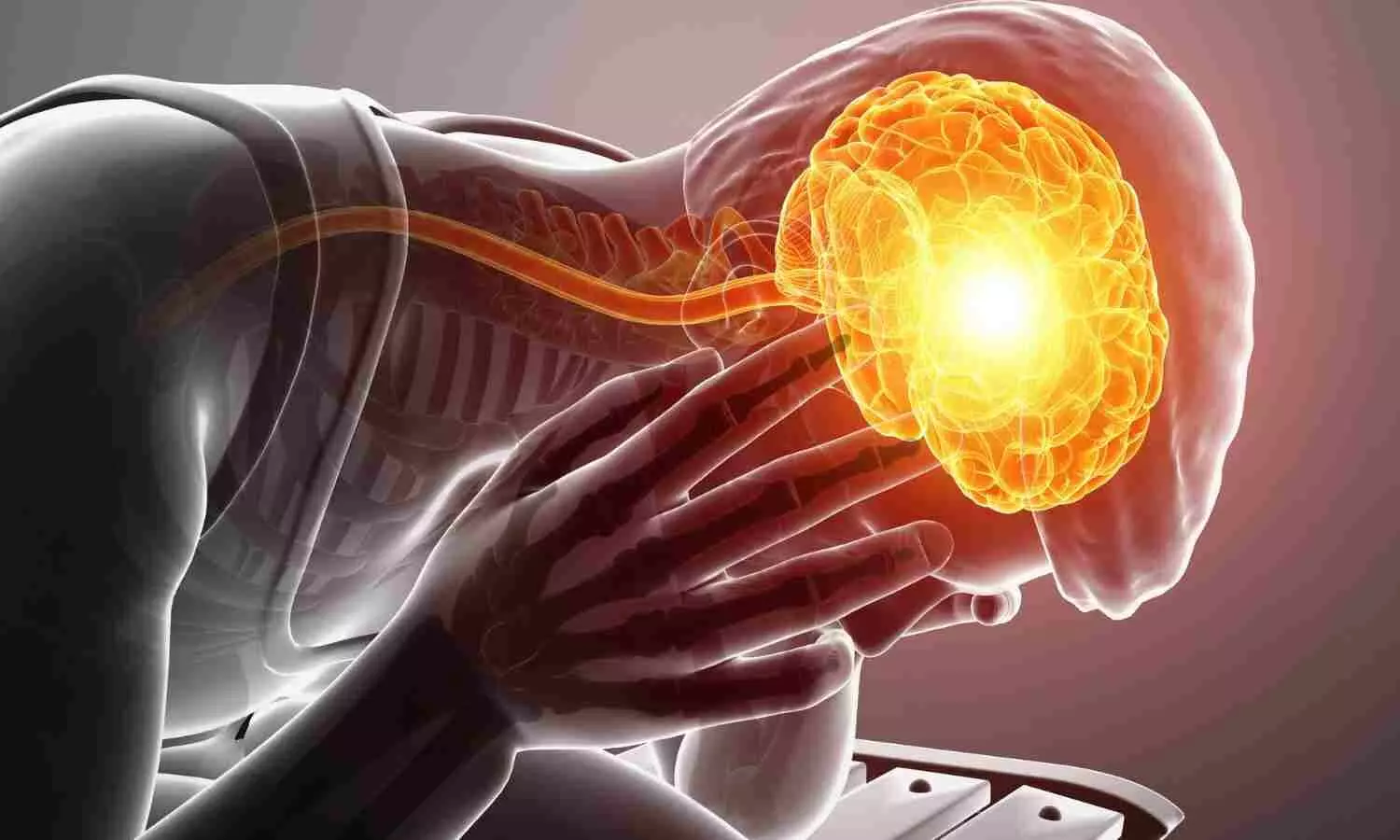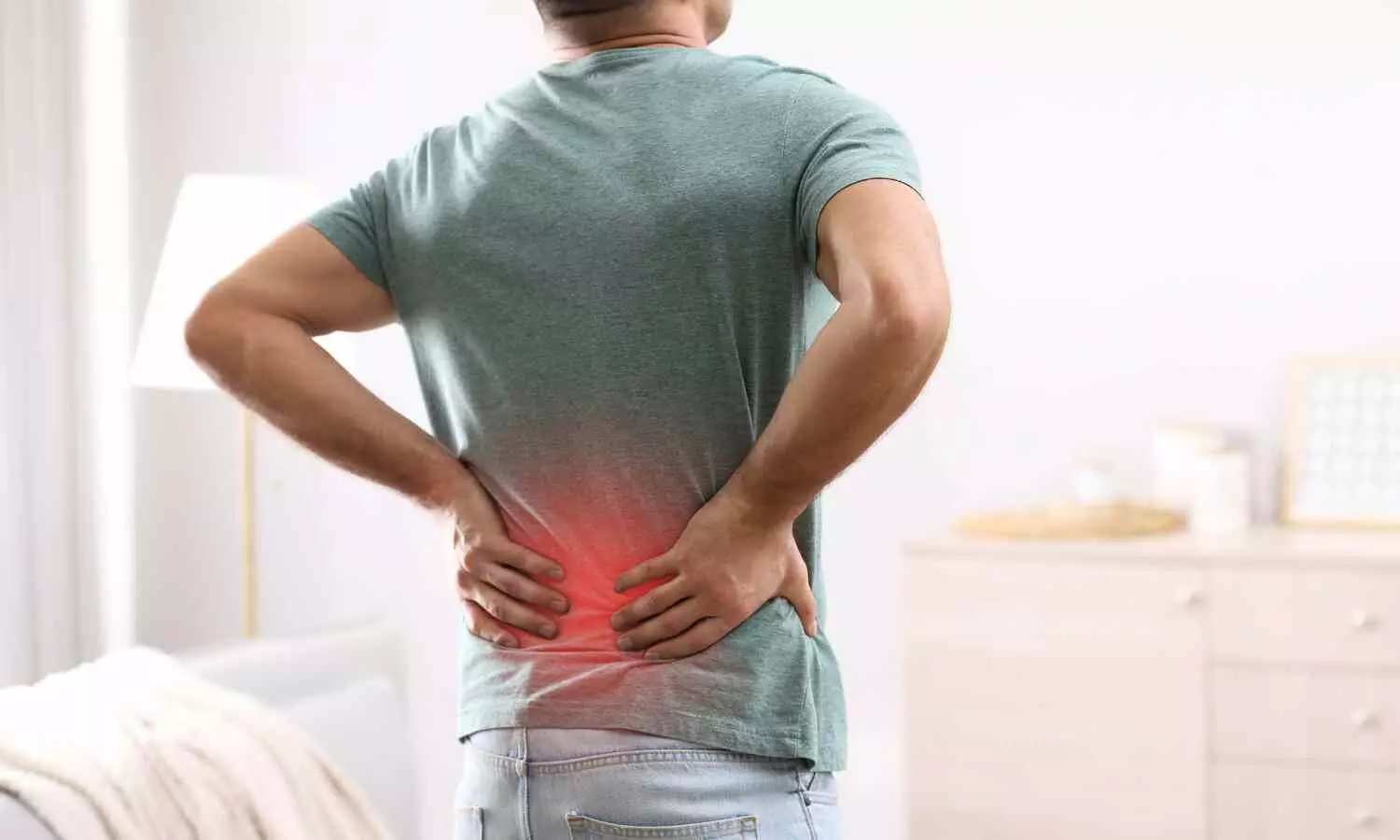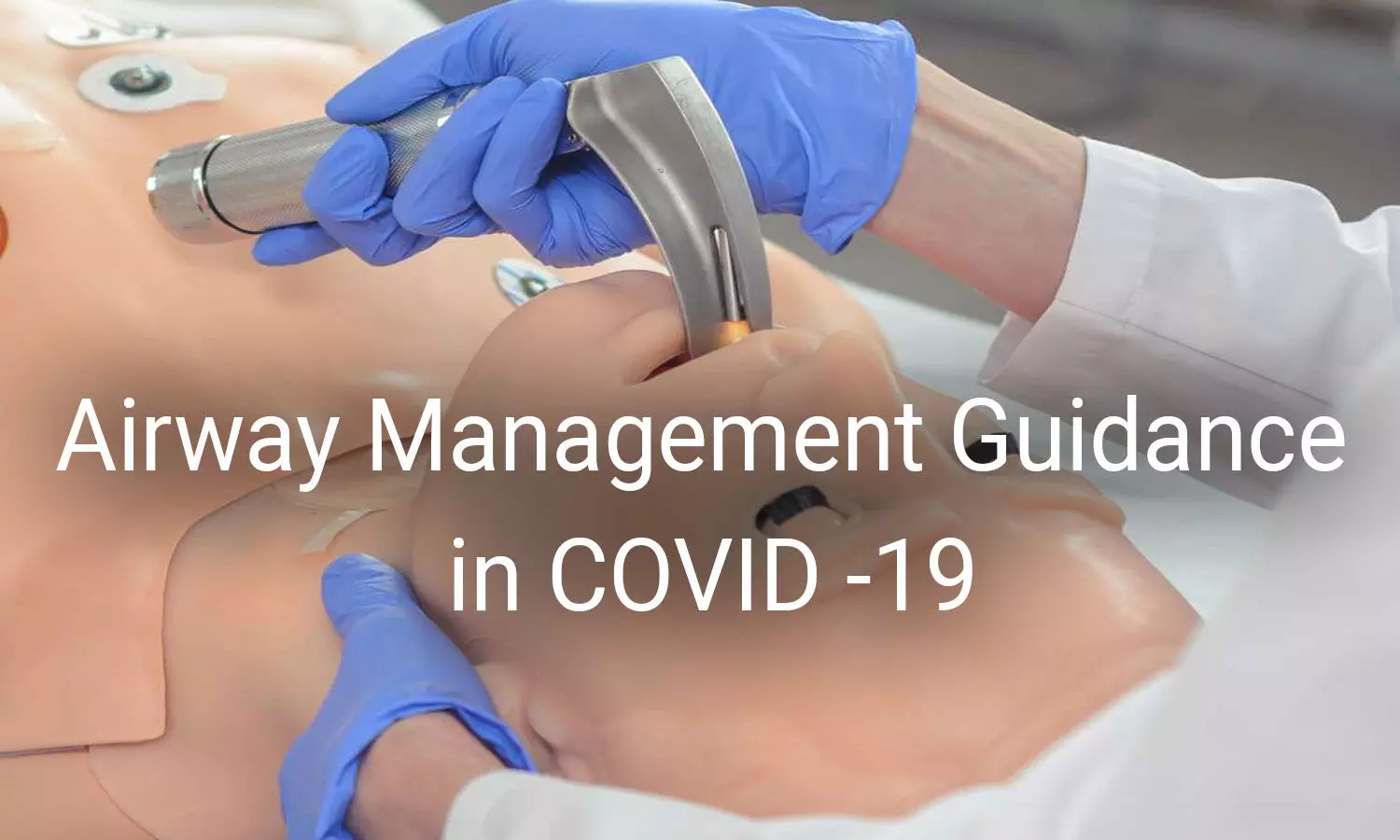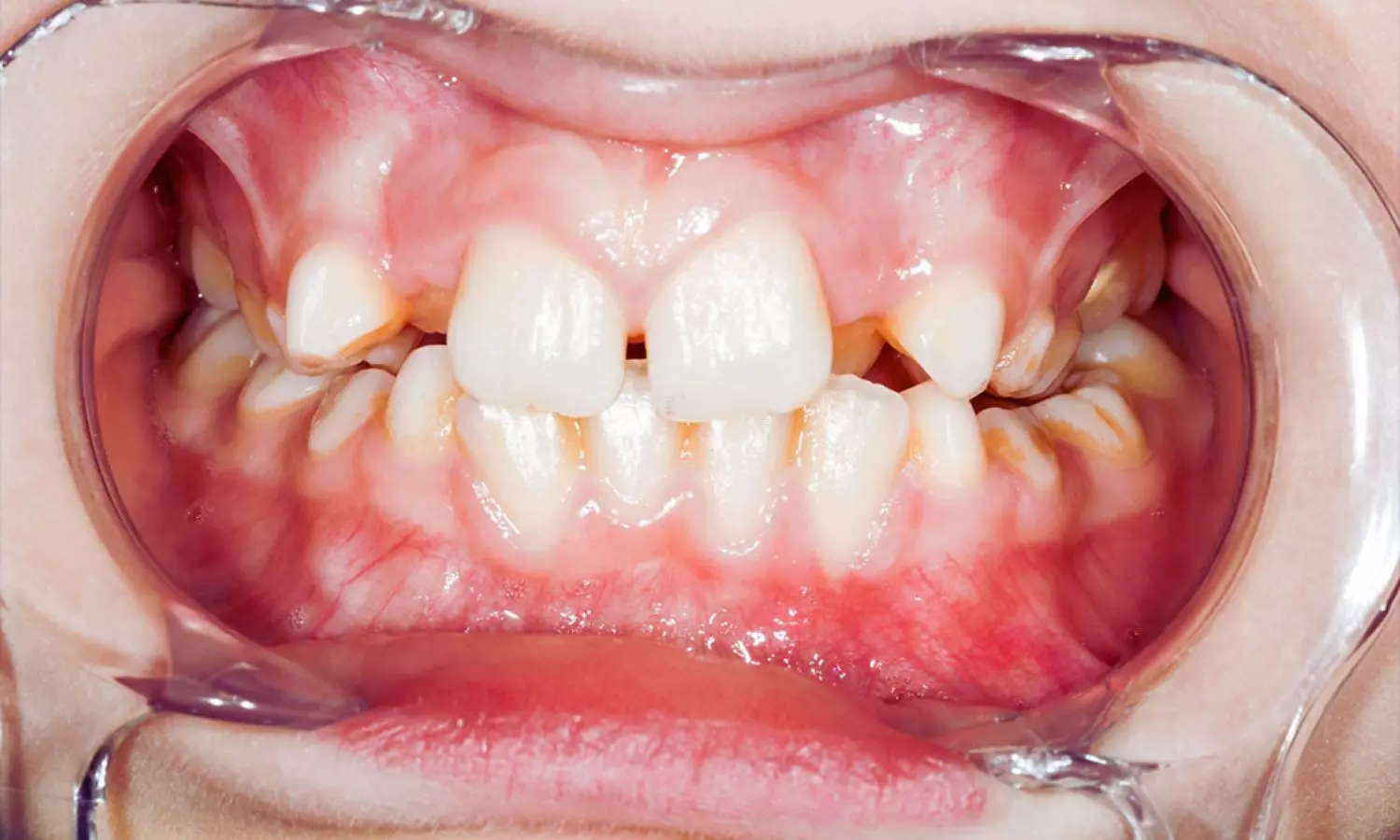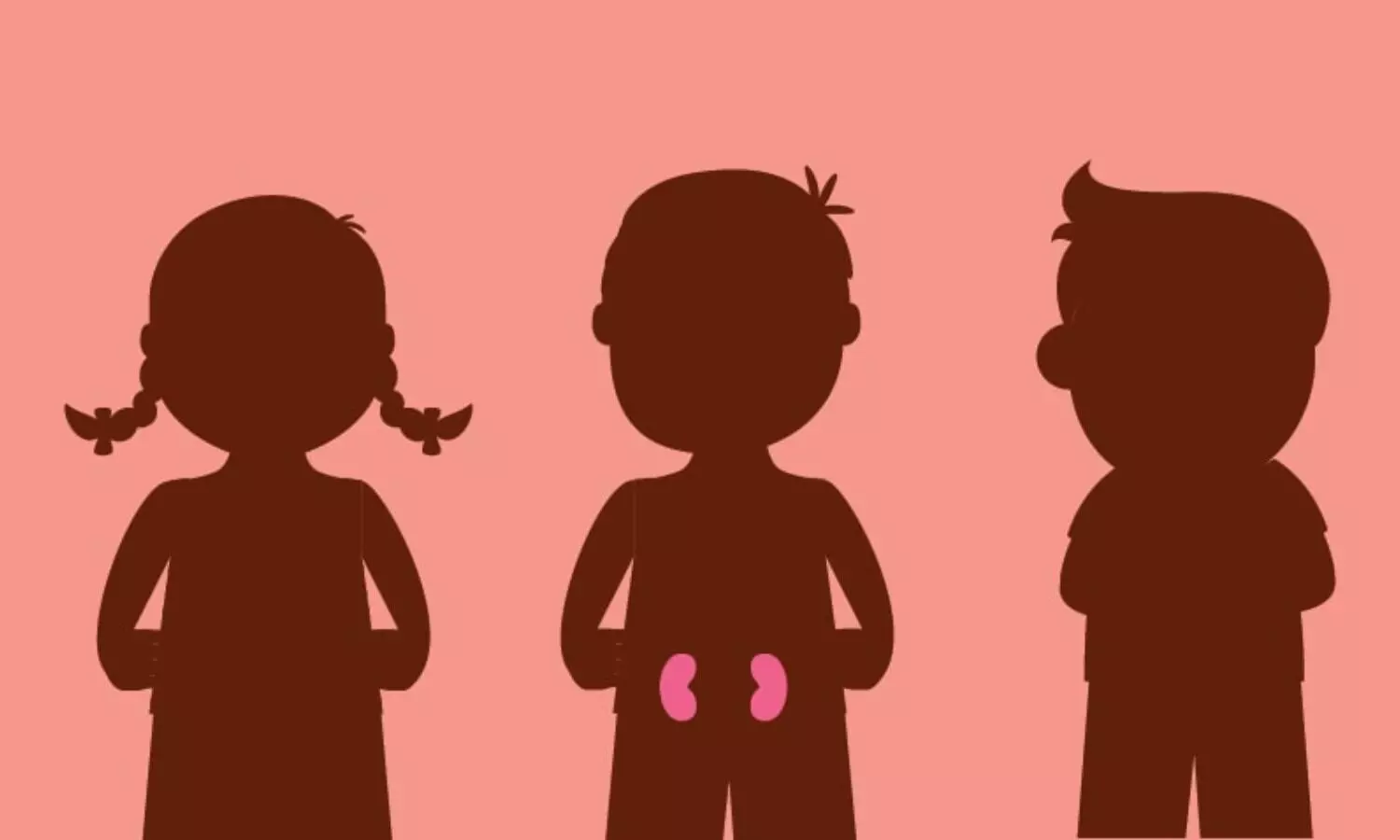Sports-Related Sudden Cardiac Arrest rare but has high survivability: Study

A new study published in The Canadian Journal of Cardiology analyzed sports-related sudden cardiac arrest (Sr-SCA) across 5 Canadian provinces and revealed that middle-aged recreational athletes are more frequently affected than young competitive athletes. The research examined emergency medical services (EMS) records from 2016 to 2020 and found that Sr-SCA, while rare, has a relatively high survival rate due to prompt bystander intervention.
The study reviewed a total of 18,769 out-of-hospital cardiac arrests over a 5-year period and identified 339 cases (1.8%) as sports-related. The vast majority of cases (93.8%) occurred in men, with an average age of 58.1 years. The incidence rate was found to be 1.2 per 100,000 person-years, with men experiencing Sr-SCA at nearly 16 times the rate of women (2.3 vs. 0.2 per 100,000 person-years).
Contrary to the common perception that sudden cardiac arrest mainly affects young elite athletes, this study highlights the prevalence among middle-aged, recreational participants. Sr-SCAs were recorded across 52 different sports, with a significant majority occurring in recreational facilities (60.2%). These locations likely contribute to higher rates of bystander assistance, improving survival outcomes.
One of the key findings of this research was the high level of bystander intervention. Approximately 75.6% of Sr-SCAs were witnessed by others, and 73.6% of victims received bystander-initiated cardiopulmonary resuscitation (CPR). Automated external defibrillators (AEDs) were used by bystanders in 36.1% of cases, a crucial factor in improving survival chances.
Emergency medical services responded within a median time of 6.2 minutes, and 76.9% of cases presented with a shockable rhythm that increases the likelihood of successful defibrillation. Of those with known final outcomes, 52% survived to hospital discharge, though survival rates varied by sport.
The findings underline the importance of access to AEDs and CPR training in recreational sports facilities. The study suggests that increasing awareness and preparedness in these environments could further improve survival rates. Overall, the study highlights its impact on middle-aged recreational athletes and reinforces the importance of rapid response measures in saving lives, despite sports-related sudden cardiac arrest being rare.
Reference:
Visanji, M., Allan, K. S., Charette, M., Grunau, B., Roy, C., Goldstein, J., Choisi, T., de Montigny, L., Lin, S., Brissaw, J., Cameron-Dermann, L., Donoghue, M., Haines, M., Hutton, J., Nowroozpoor, A., Olszynski, P., Quinn, R., Vaillancourt, C., Carter, A., … Dorian, P. (2025). Sports-related sudden cardiac arrest in Canada: Incidence and survival. The Canadian Journal of Cardiology. https://doi.org/10.1016/j.cjca.2024.11.017
Powered by WPeMatico


